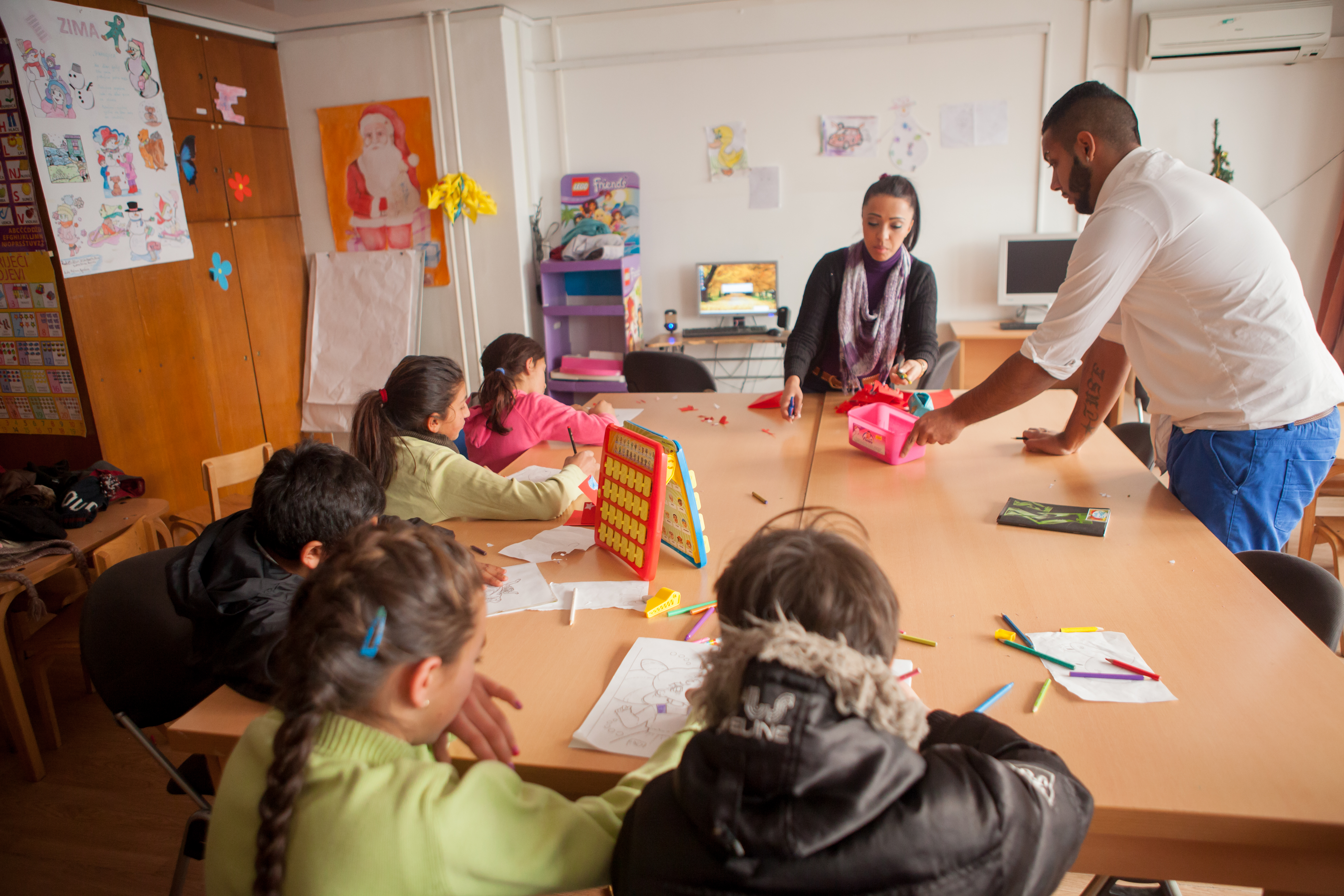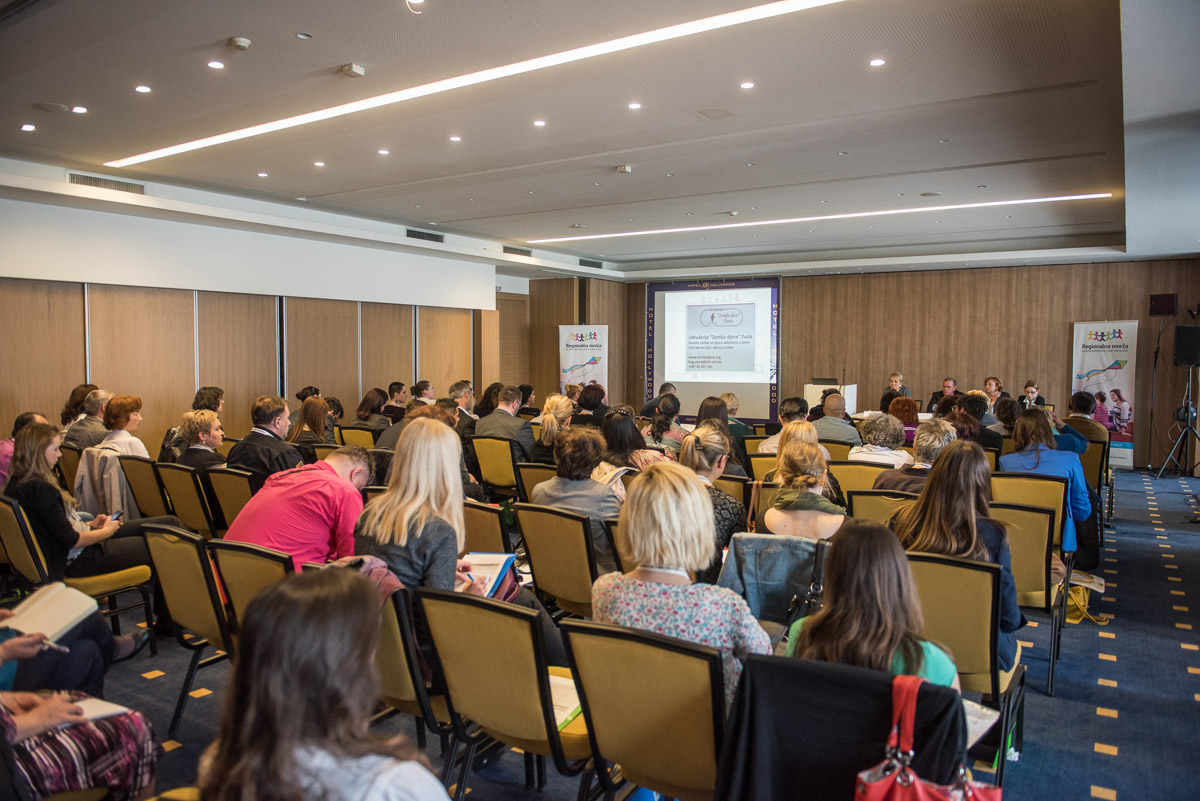 North West Balkans
North West Balkans
Languages
One hour spent in Drop-in centre is an hour less spent on the street

Systemic solution for taking care of street involved children is deemed as the most necessary step in resolving this issue – concluded participants of the international conference “Towards sustainable and quality systems for support to street involved and at risk children in South East Europe”. The conference was held on April 16th in Sarajevo on the occasion of marking the April 12th, the International Day for Street Children, organized by the Regional Network for Street Involved Children with support of Save the Children and Norwegian Ministry of Foreign Affairs.
The aim of the gathering was to initiate dialogue between governmental and non-governmental sector about sustainable and quality models of support to street involved children and to present examples of good practices in South East Europe. Experts from Bosnia and Herzegovina, Serbia, Macedonia and Albania reviewed different systemic solutions of the services for street involved children and children at risk.

The only model of support to street involved children currently in practice, that showed excellent results, are drop-in centres established in the past several years by the non-governmental organisations and intuitions in the region, with support of Save the Children, where street involved children and children at risk are provided support and protection services. In drop-in centres children can get a warm meal, school enrolment and homework assistance, assistance in realisation of basic rights, as well as opportunity to spend their leisure time in a quality manner.
“More than 2000 street involved children are registered in these four countries. I emphasize this because these are children on the move who occasionally cross the state borders. One day they are beneficiaries of one drop-in centre, the next day they are beneficiaries in another town or country. Non-governmental sector joined the efforts in this regard and provide services in drop-in centres that are identified as the real needs of the children, such as basic nutrition needs, hygiene needs, clothing, and, of course, safe shelter, where they can talk about their problems with the persons they can trust. These are, often, children not registered when they were born, children invisible to the system,” explained Director of the association “Nova generacija” Masa Mirkovic.
Eight years ago, Save the Children joined the efforts with non-governmental organisations and institutions in order to identify quality solutions for several thousand boys and girls in the region exposed to harmfully work or life on the street. “In the past eight years, we were happy and content with the fact that we were able to really help children in distress, groups of children that society have forgotten and is used to their everyday presence on the streets, at any time, and we were also frustrated because of the long and exhausting negotiations with the representatives of the authorities with regard to adequate care for this children,” stated in her opening remarks at the conference Save the Children Director Andrea Zeravcic.
Situation today is a little bit different than eight years ago. From the starting point of two drop-in centres for street involved children in BiH and Serbia, work model supported by Save the Children spread throughout the region, resulting in 14 drop-in centres that are part of the Regional Network for Street Involved Children, nine in BiH, three in Serbia, one in Albania and Macedonia each. Yet, in spite of proven success and visible changes in the lives of children beneficiaries of drop-in centres, not many drop-in centres managed to secure sustainability through access to social welfare system or through establishment of the budget line at the local level, aimed for financing of their work.
“Non-governmental organisations cannot be the only ones responsible and dedicated to solving the issues that street involved children are facing with, firm and reliable support from the authorities is necessary as well as linking with existing structures and institutions in order to find solutions that are in the best interest of the child, as prescribed by the UN Convention on the Rights of the Child. We know such synergy is possible and therefore we call on you to establish it together at all levels and in all local communities where needed,” stressed Andrea Zeravcic.
During the conference, two documentaries were shown – Druga kuća (Second home) produced by the Regional Network for Street Involved Children and Svijetle price (Bright stories) produced by Save the Children.